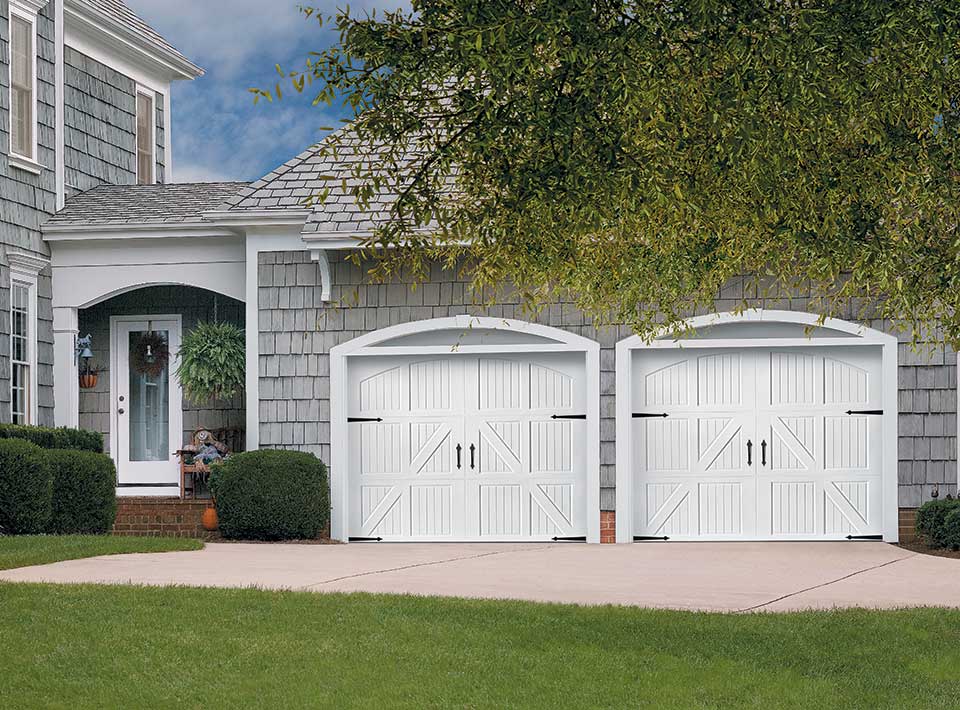While Garage Door Repair Cypress TX offer convenient automatic operation, there may be instances when you need to manually close the door due to a power outage or mechanical issue.

Knowing how to manually close your garage door can help you maintain security and accessibility even in unexpected situations. Follow this comprehensive guide to learn how to manually close a garage door equipped with a Liftmaster opener.
1. Locate the Emergency Release Cord:
At the center of your garage door opener mechanism, near the top of the door, you’ll find the emergency release cord. This cord is usually red or brightly colored and hangs down from the trolley carriage attached to the rail.
2. Pull Down on the Emergency Release Cord:
Grasp the emergency release cord firmly and pull it down in the direction of the garage door. This action disengages the trolley carriage from the opener rail, allowing you to manually operate the door.
3. Close the Garage Door Manually:
With the emergency release cord pulled down, you can now manually lower the garage door by gently pulling it down along the tracks. Use both hands to guide the door smoothly and evenly as it descends.
4. Secure the Door in the Closed Position:
Once the garage door is fully closed, release the emergency release cord. Check that the door is securely in place and flush against the ground. If necessary, manually adjust the door to ensure proper alignment and closure.
5. Re-engage the Garage Door Opener:
When power is restored or the issue causing the manual operation is resolved, you’ll need to re-engage the garage door opener. To do this, pull the emergency release cord up towards the opener motor until it clicks into place.
6. Test the Automatic Operation:
After re-engaging the garage door opener, test the automatic operation by pressing the wall-mounted control button or using a remote transmitter. The door should open smoothly and close securely without any issues.
7. Perform Regular Maintenance:
To ensure reliable operation of your Liftmaster garage door opener, perform regular maintenance tasks such as lubricating moving parts, tightening hardware, and inspecting for any signs of wear or damage.
8. Consider a Backup Power Source:
To prevent the need for manual operation during power outages, consider installing a backup power source for your Liftmaster garage door opener. Battery backup systems or generator backups can ensure uninterrupted operation even during emergencies.
9. Seek Professional Assistance if Needed:
If you encounter any difficulties or issues with manually closing your garage door or re-engaging the opener, don’t hesitate to seek assistance from a qualified garage door technician. They can diagnose and resolve any problems effectively and safely.
10. Practice Safety Precautions:
Always prioritize safety when manually operating your garage door. Avoid placing fingers or hands near moving parts, and never attempt to force the door open or closed if it’s obstructed or jammed.
By following these step-by-step instructions, you can safely and effectively manually close a garage door equipped with a Liftmaster opener. With proper knowledge and preparation, you can ensure continued accessibility and security for your home’s garage.
Garage Door Wizard
17302 House & Hahl Rd Suit 208, Cypress, TX 77433, United States
1-832-373-7681





